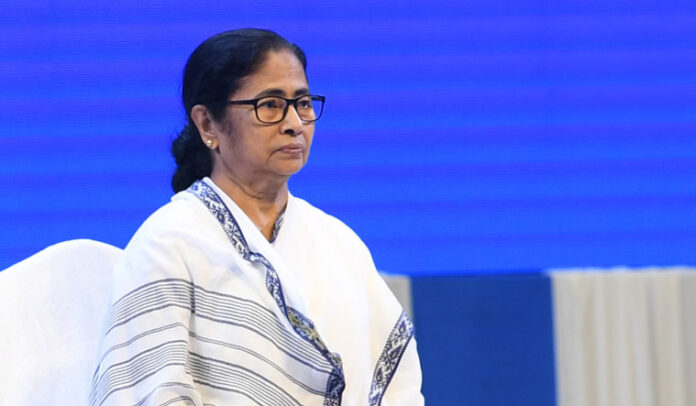West Bengal Cabinet Green lights 660 MW Supercritical Power Plant and Energy
Kolkata, The West Bengal Cabinet on Monday approved the establishment of a 660-megawatt supercritical power plant at Sagardighi in Murshidabad district, marking a significant step in the state’s energy sector development. This plant, announced by Power Minister Arup Biswas, will be the first of its kind in eastern India, showcasing advanced technology and efficiency not yet implemented by major entities like the National Thermal Power Corporation (NTPC) or Damodar Valley Corporation (DVC).
Power Minister Arup Biswas highlighted the progress made on the project, stating, “We will be setting up a new 660-megawatt supercritical power plant in Sagardighi. This will be the first such power plant in eastern India. Even the National Thermal Power Corporation or the DVC do not have it.” He further mentioned that 95 percent of the work on this plant has already been completed. “It will be made of the latest machinery and 95 percent of its work is complete,” Biswas added during the Cabinet meeting held at the secretariat.
The new power plant is designed with modern technology to maximize efficiency, requiring less coal to produce more electricity. This feature aligns with global trends towards more sustainable and efficient energy production. Biswas assured that the plant would be operational by next March, signaling a swift conclusion to the remaining work.
In addition to the supercritical power plant, the Cabinet, chaired by Chief Minister Mamata Banerjee, also approved the establishment of a new 1600 MW power plant. A global tender will be floated to initiate this project, emphasizing transparency and competitiveness. “We are not taking a single penny from anyone,” Biswas asserted, indicating the state’s commitment to funding the project through a Public-Private Partnership (PPP) model. This approach marks a first for the state’s power sector.
Biswas mentioned plans for four additional power plants, stating that paperwork and preliminary processes are currently underway. When asked about the location of the 1600 MW power plant, Biswas explained that the deciding company would choose the site, with the state government providing necessary support.
The West Bengal government currently operates power plants in Sagardighi, Bakreswar, Kolaghat, Bandel, and Durgapur. These existing facilities, combined with the new projects, are part of a broader strategy to enhance the state’s power infrastructure and meet increasing energy demands.
Moreover, the Cabinet decided to convert 32.43 acres of long-term settlement land and 40.17 acres of old vested land of Shyam Sel and Power Limited in Jamuria, Paschim Bardhaman district, into freehold land. This move will facilitate the establishment of a new steel and power plant, further diversifying and strengthening the state’s industrial base.
While discussing these significant advancements in the power sector, Chief Minister Mamata Banerjee also urged her Cabinet colleagues to prioritize the ongoing flood situation in the state over preparations for the upcoming Durga Puja festival. The northern regions of Bengal, particularly parts of Jalpaiguri, Cooch Behar, and the entire Malda district, have been severely affected by floods. Chief Secretary Manoj Pant emphasized that all necessary relief measures are being implemented to assist the affected populations. He noted that the situation is expected to improve as the weather conditions stabilize.
The floods, exacerbated by water released from dams in Bihar, have prompted alerts in several districts, including Uttar and Dakshin Dinajpur, Malda, and Murshidabad. Pant assured that precautionary measures are in place to mitigate the impact and ensure the safety and well-being of the residents.
These developments highlight West Bengal’s dual focus on advancing its energy infrastructure while addressing immediate humanitarian needs caused by natural disasters. The approval of new power plants signifies a commitment to sustainable growth and energy efficiency, aiming to position the state as a leader in modern power generation. At the same time, the government’s proactive measures to manage the flood situation reflect its dedication to the welfare of its citizens.
The establishment of the supercritical power plant at Sagardighi, along with the additional facilities, marks a pivotal moment for West Bengal’s energy sector. By adopting advanced technology and fostering international collaboration through global tenders, the state is set to enhance its power generation capacity significantly. These projects will not only meet the growing energy demands but also contribute to economic development by creating jobs and supporting industrial growth.
In conclusion, the West Bengal Cabinet’s recent approvals underscore a strategic vision for the state’s future. With a blend of cutting-edge technology in power generation and responsive governance addressing immediate challenges, West Bengal is poised for significant advancements in both infrastructure and quality of life for its residents.

